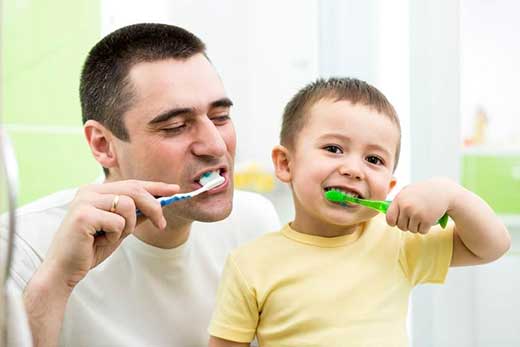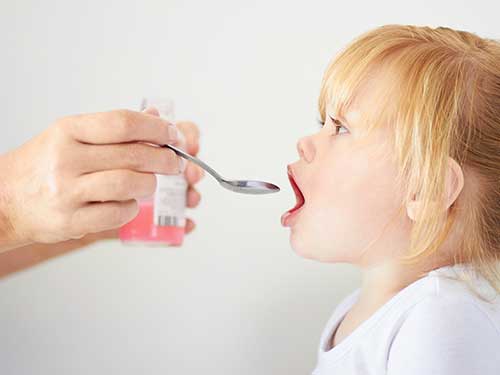
Scarlet Fever in Children

The beta microbe (group A beta-hemolytic streptococcus) is the causative agent of scarlet fever. It occurs in individuals with an extreme sensitivity to the substances secreted by the beta microbe. The group A beta-hemolytic streptococcus secretes a toxin that targets red blood cells, causing bright red rashes that appear and fade on the body. Internally, the beta microbe causes rashes in the mouth and throat, as well as scaling on the hands and feet. It is a contagious and epidemic disease that must be reported to the government.
Scarlet fever can occur at any age, but it is most commonly seen in children aged 5 to 15. It spreads through droplets, food, and contact. Winter months and crowded living conditions create an environment for the disease. Early symptoms include high fever, vomiting, and sore throat. The disease begins suddenly with a severe sore throat reaching temperatures of 39-40 degrees Celsius after an incubation period of 3-5 days. Within a day, both internal and external rashes appear. The external rash is characteristic. It appears as a bright red, bumpy rash on the skin, covering the neck, torso, the insides of the arms and legs, and the folds of the body.
The area around the mouth appears pale. The internal rash is visible in the mouth. There is a severe sore throat that is very red. The tonsils swell, and there is excessive vascularization in the throat tissue. The tongue is initially white, then gradually turns red and takes on a strawberry appearance. Scaling begins on the 8th to 10th days, particularly manifesting as large pieces of skin shedding on the palms and soles.
Pathological events and diseases that may occur while scarlet fever is ongoing include early-stage swelling of the neck lymph nodes, sinusitis, bronchitis and pneumonia, mastoiditis, osteomyelitis (bone infection), and septicemia. In the later stages, it can lead to acute rheumatic fever and a type of kidney disease known as acute glomerulonephritis. The period of contagiousness peaks after the infection is contracted and then decreases, lasting for weeks. With appropriate antibiotic treatment, the risk of contagion disappears after 24 hours. Clinical findings, rapid antigen tests, and throat fluid can be used to detect group A streptococcus.
The first choice for treating scarlet fever in children is penicillin. A single dose of penicillin administered intramuscularly or a 10-day oral medication regimen is used. There are suitable treatment options for those allergic to penicillin. Treatment during the first 9 days is crucial. It completely prevents rheumatic fever, which can damage the heart muscle, and significantly hinders the development of kidney damage; glomerulonephritis. Antibiotics are not given for rheumatic fever and glomerulonephritis. Medications such as aspirin and cortisone are recommended.
Child Health and Safety Other Content in the Category

Child Health and Safety
Child Safety: Medications Should Be Stored Out of Reach of Children

Child Health and Safety
10 Effective Tips for Child Health

Child Health and Safety
8 Factors That Cause Babies to Cry

Child Health and Safety
Down Syndrome Diagnosis Methods
.jpg)
Child Health and Safety
When Do Babies Crawl

Child Health and Safety
Information About Teething Period in Babies

Child Health and Safety
Ways to Protect Children from the Coronavirus

Child Health and Safety
My Baby Refuses to Eat Solid Food

Child Health and Safety
What to Do to Instill Brushing Habits in Children

Child Health and Safety
Newborn Care

Child Health and Safety
How Much Water Should Babies Drink?

Child Health and Safety
10 Things to Do for a Healthy Pregnancy

Child Health and Safety
10 Ways to Prevent Sugar Consumption in Children

Child Health and Safety
Frequently Asked Questions About Cancer and Chemotherapy

Child Health and Safety
